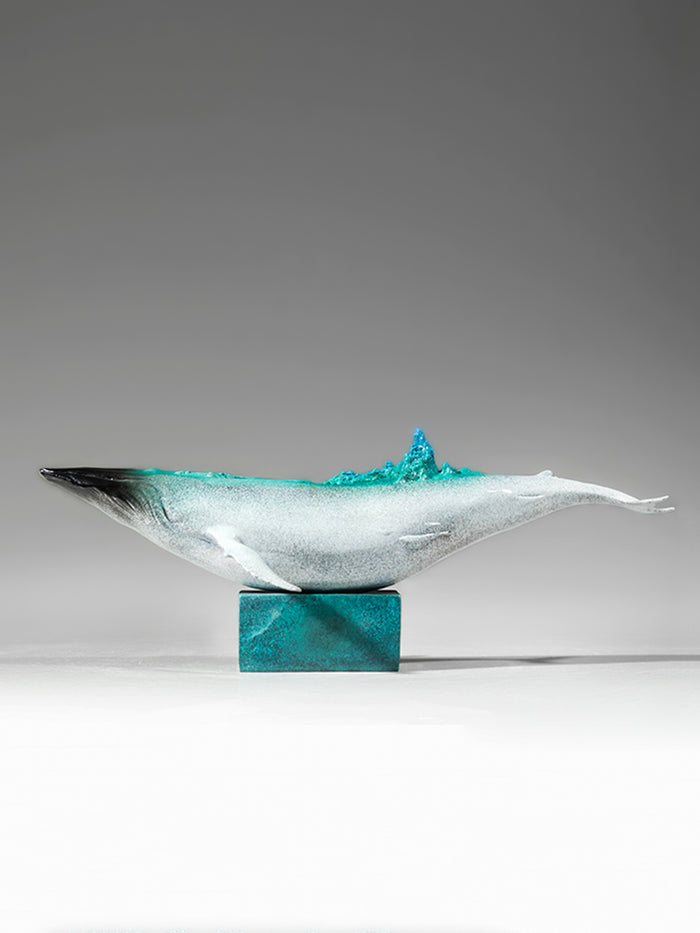Chinese Copper Decorations: A Timeless Art Form

# Chinese Copper Decorations: A Timeless Art Form
## The Rich History of Chinese Copper Art
For over 3,000 years, Chinese artisans have been crafting exquisite copper decorations that reflect the nation’s cultural heritage. From the Shang Dynasty to modern times, copper has played a significant role in Chinese decorative arts, serving both functional and aesthetic purposes.
## Traditional Techniques in Copper Decoration
Chinese craftsmen developed several distinctive techniques for working with copper:
– Repoussé: The art of hammering designs from the reverse side
– Chasing: Refining designs from the front with various tools
– Inlaying: Incorporating other metals or materials into copper surfaces
– Patination: Creating colorful surface treatments through chemical processes
## Symbolism in Chinese Copper Designs
Traditional Chinese copper decorations often feature symbolic motifs:
Keyword: Chinese copper decorations
– Dragons: Representing power and good fortune
– Phoenixes: Symbolizing harmony and prosperity
– Lotus flowers: Denoting purity and enlightenment
– Cloud patterns: Signifying heavenly blessings
## Regional Variations Across China
Different regions developed unique copper decoration styles:
Region | Characteristics
Tibet | Heavy religious symbolism, often combined with silver
Yunnan | Vibrant colors and ethnic minority influences
Beijing | Imperial elegance with intricate detailing
Jiangsu | Delicate craftsmanship with poetic themes
## Modern Applications of Traditional Art
Contemporary designers are finding new ways to incorporate traditional Chinese copper decoration techniques into modern interiors:
– Wall panels featuring abstract interpretations of classic patterns
– Lighting fixtures combining copper with glass or wood
– Furniture accents that blend ancient motifs with contemporary design
– Sculptural pieces that reinterpret traditional forms
## Preserving the Craft
Several initiatives are helping to keep this ancient art form alive:
– Master-apprentice programs in traditional workshops
– Government recognition of copper art as intangible cultural heritage
– Collaborations between artisans and design schools
– Museum exhibitions showcasing historical and contemporary pieces
## Collecting Chinese Copper Decorations
For enthusiasts looking to start a collection, consider:
– Authenticity markers from reputable workshops
– Condition of patina and surface details
– Historical significance of the piece
– Compatibility with your existing decor
Chinese copper decorations continue to captivate art lovers worldwide, offering a tangible connection to China’s rich artistic traditions while inspiring new generations of creators.